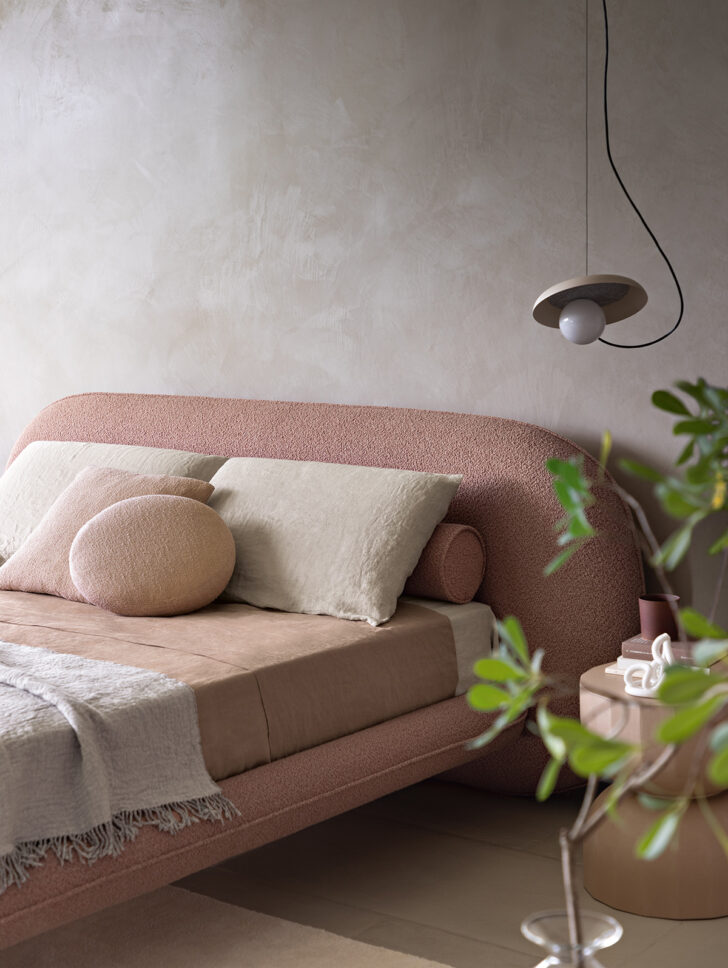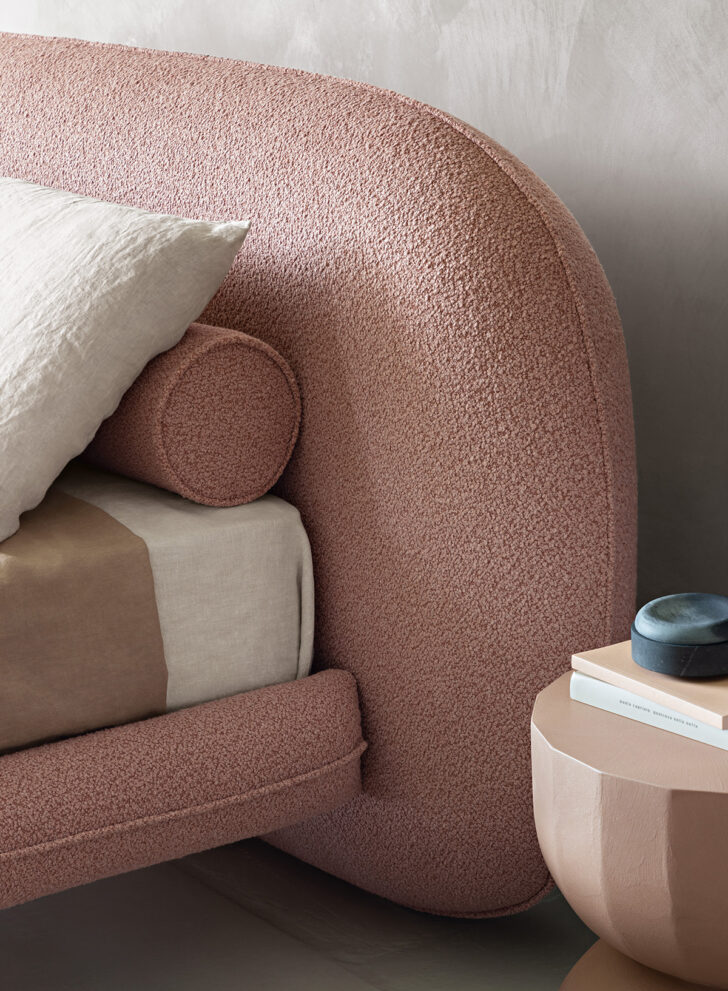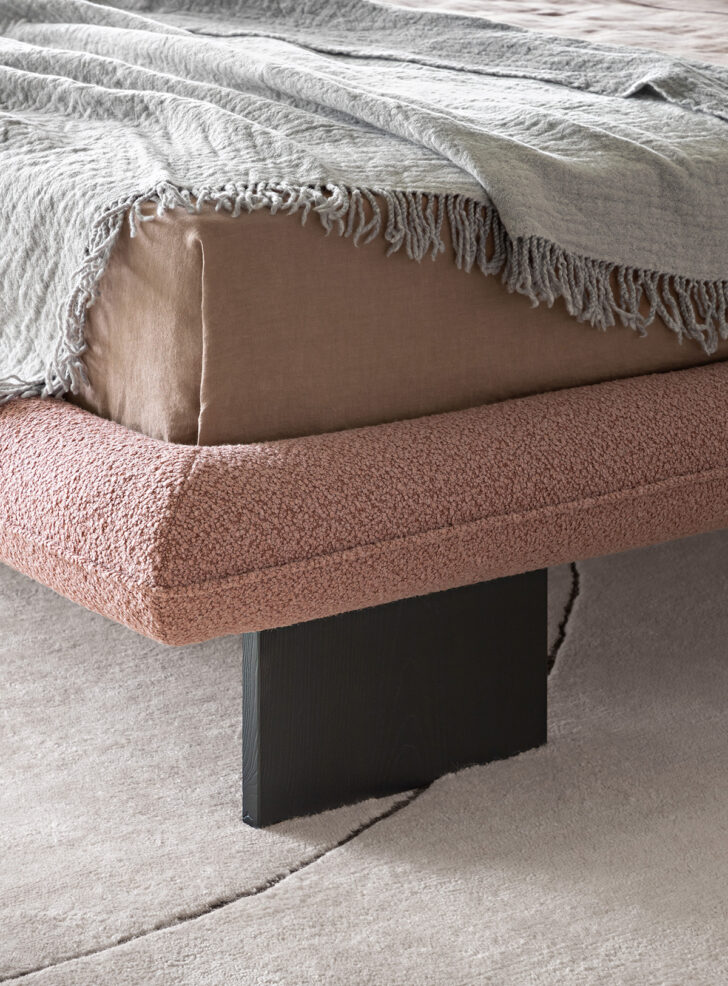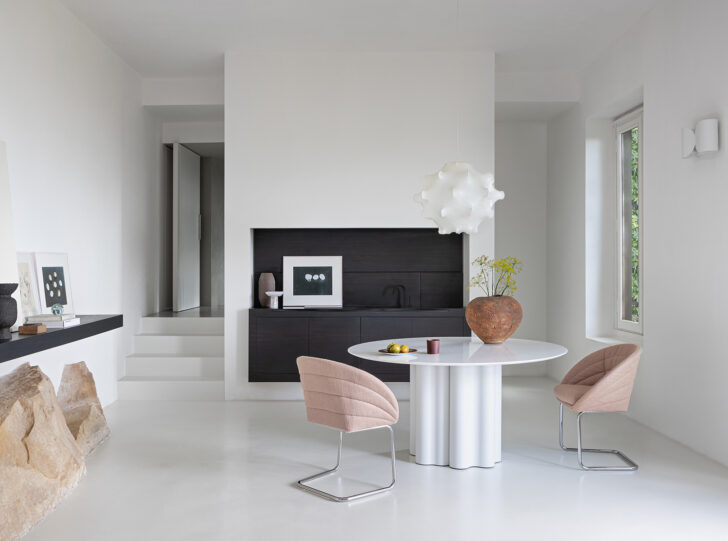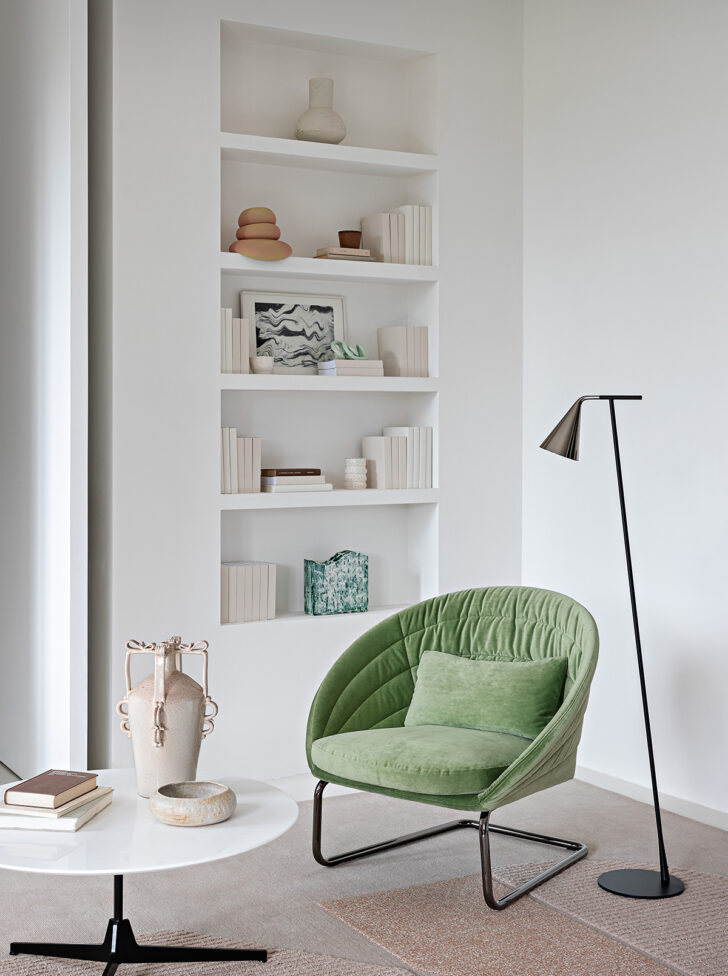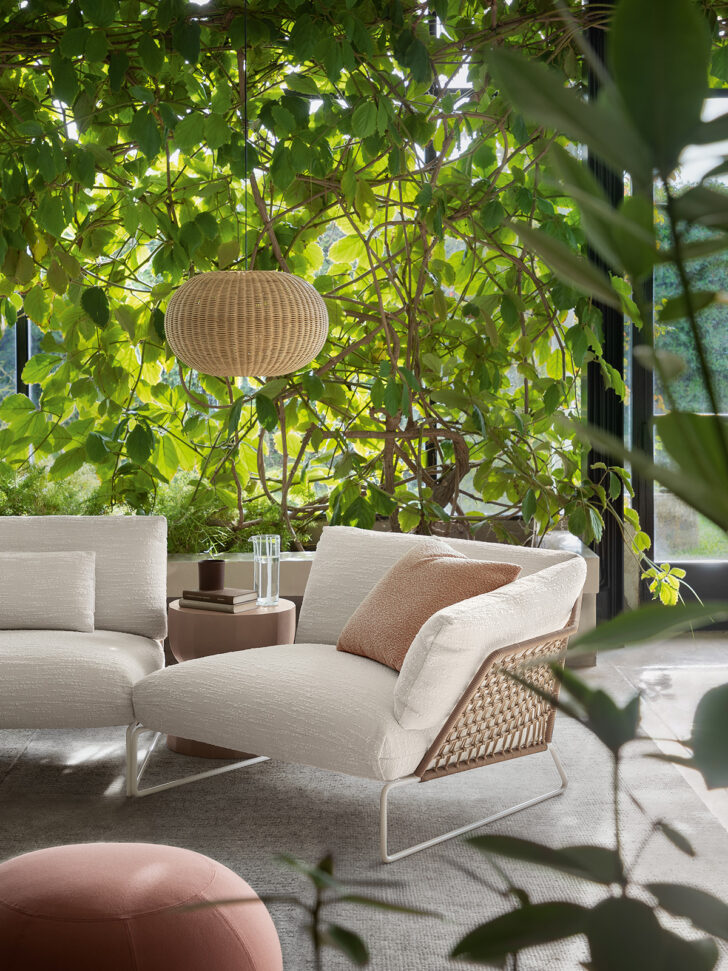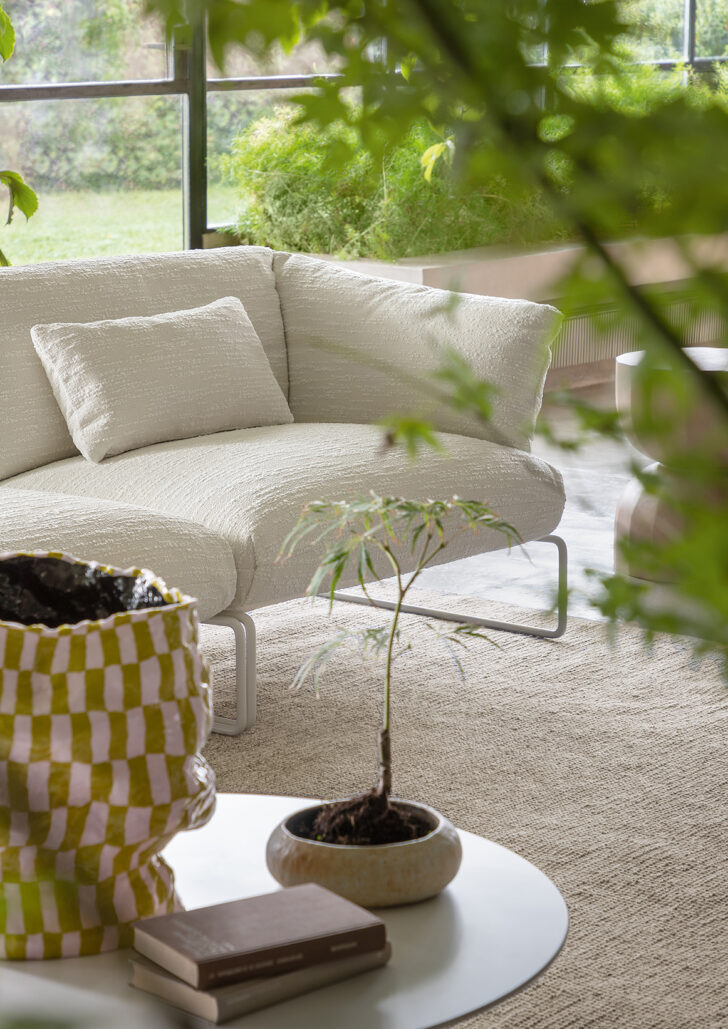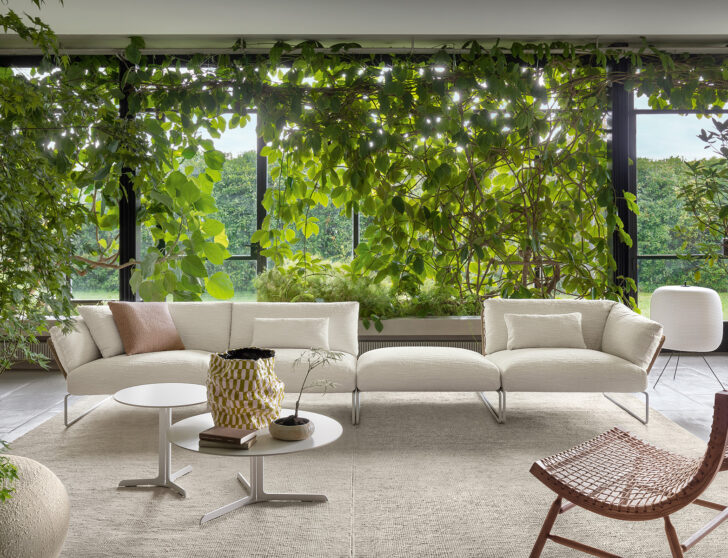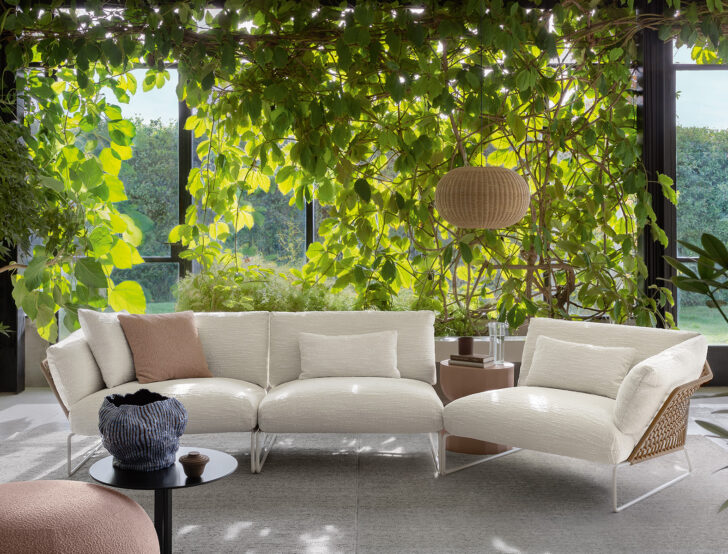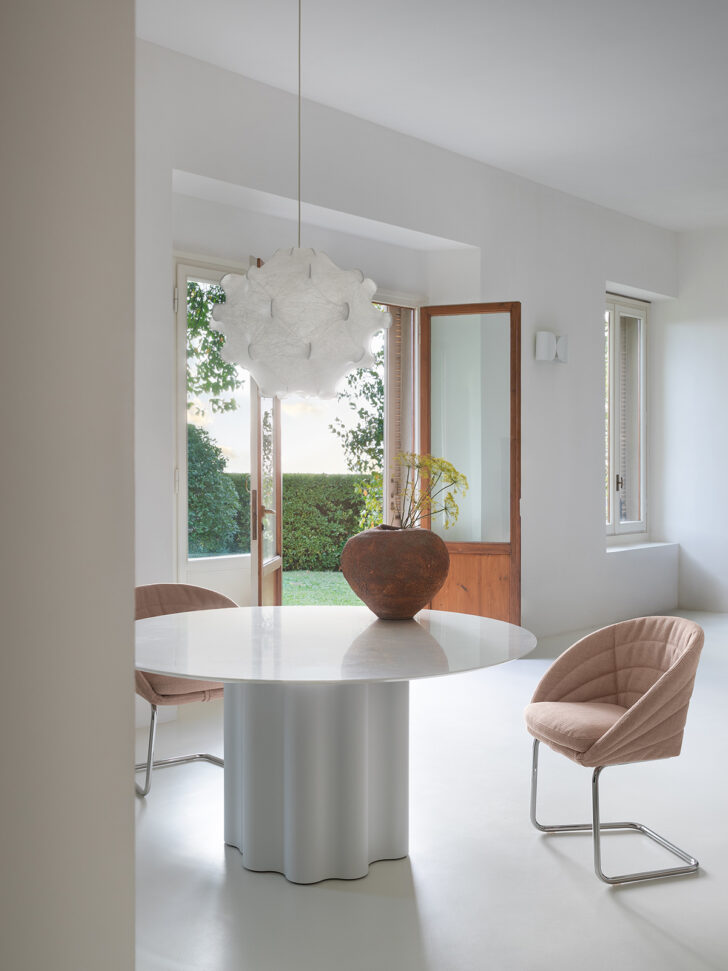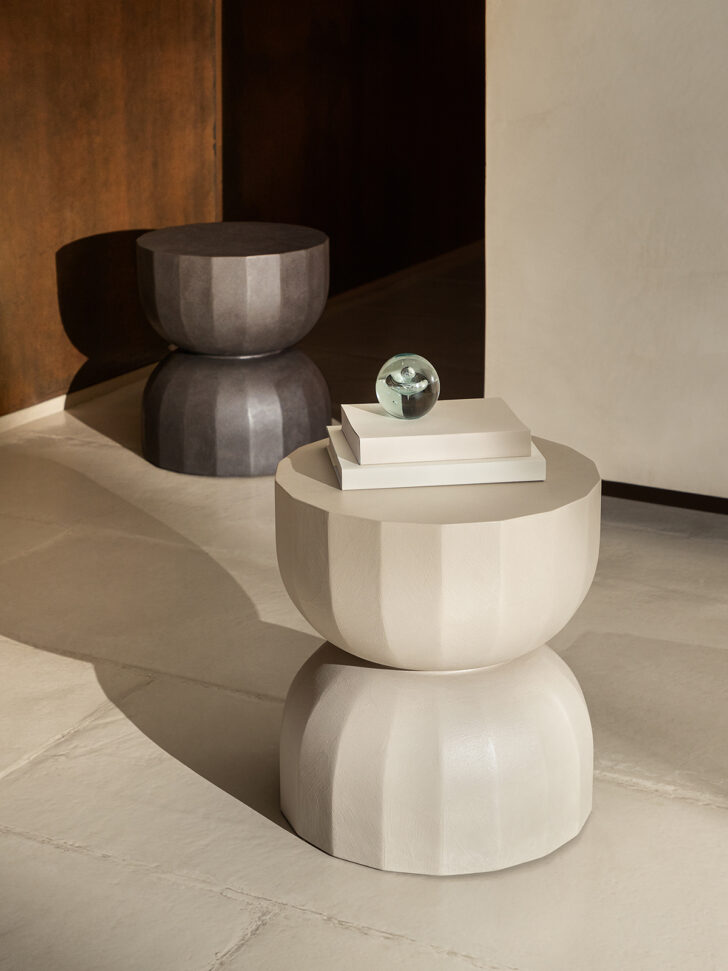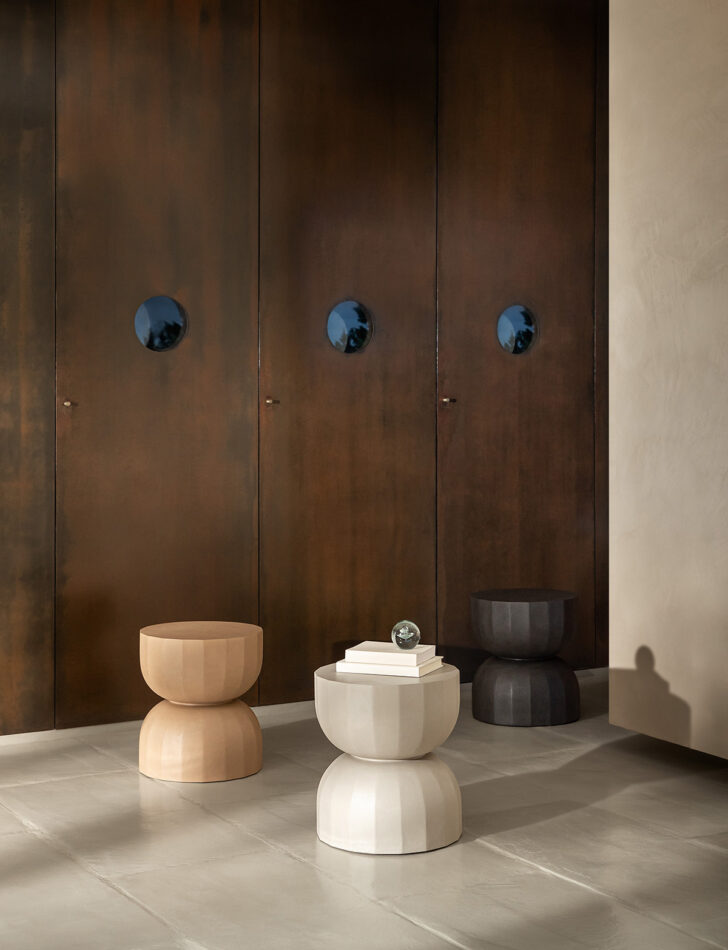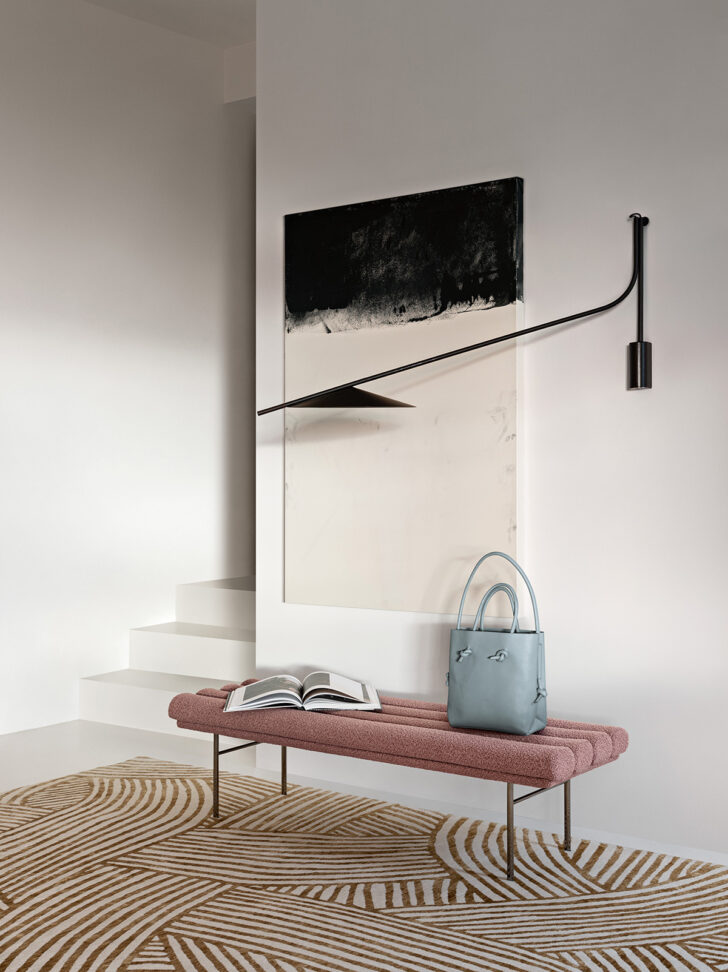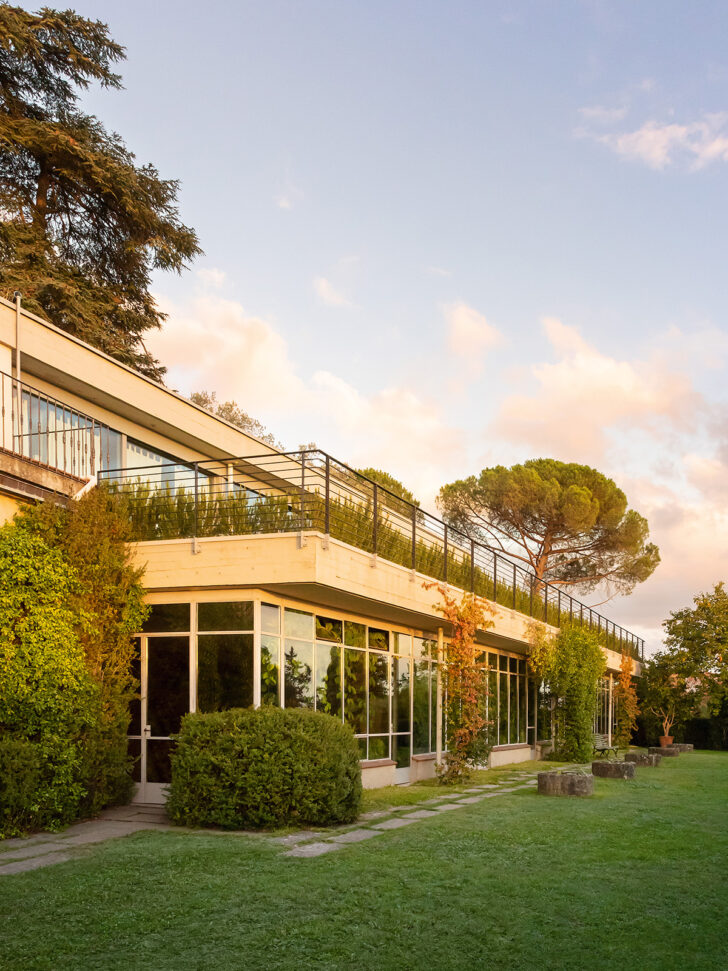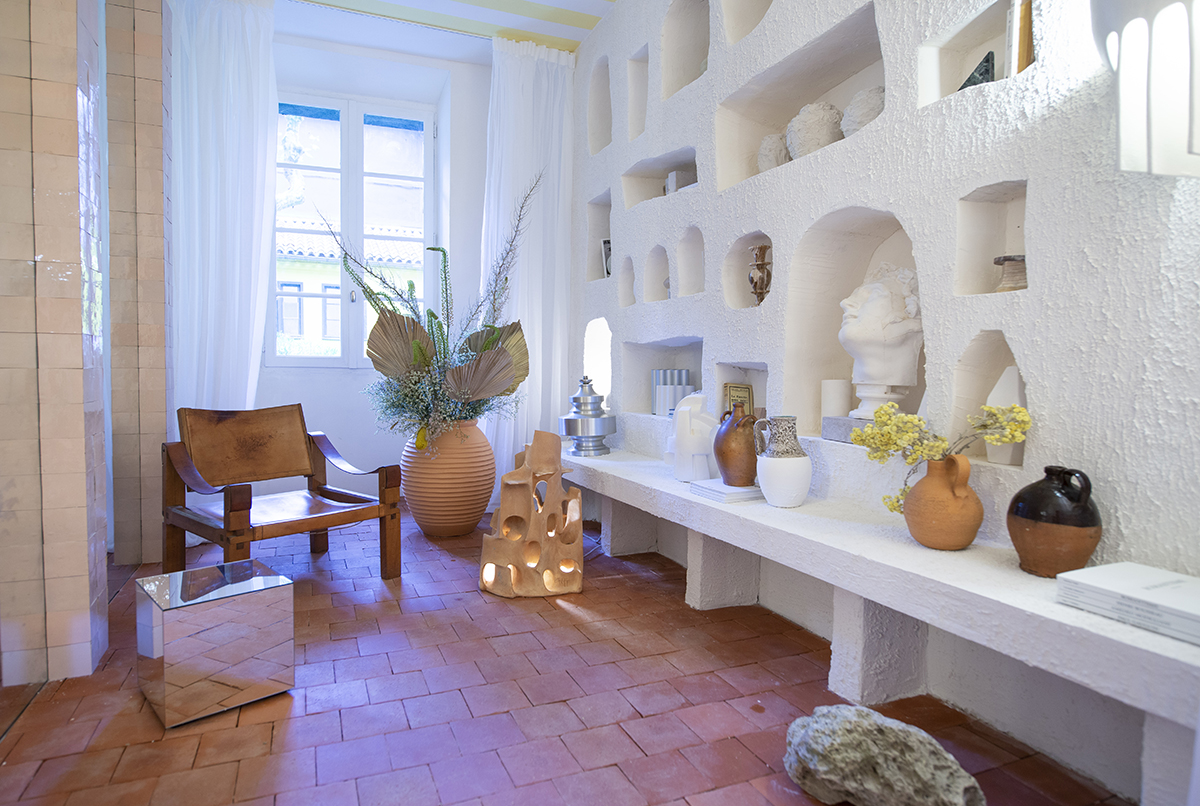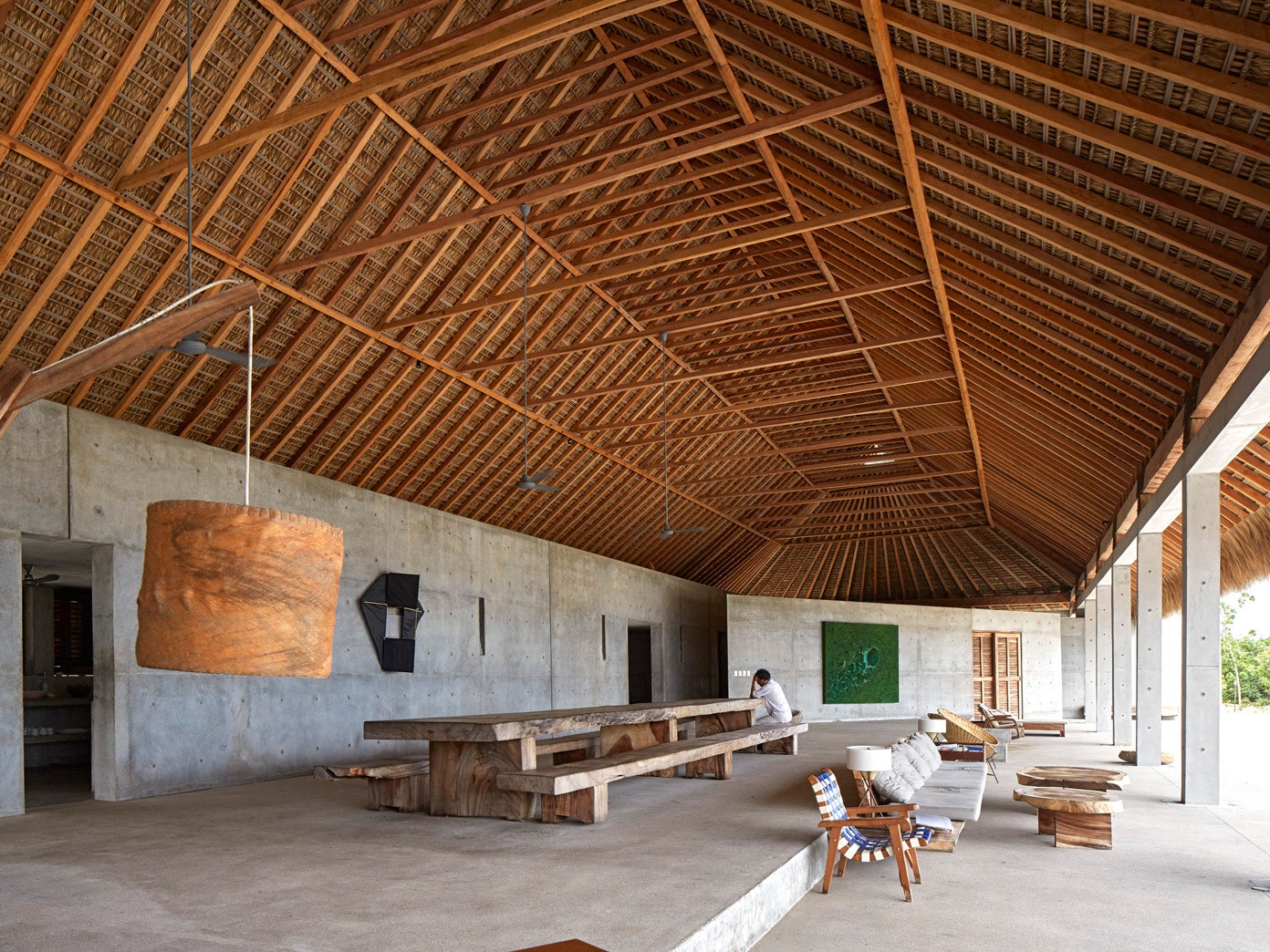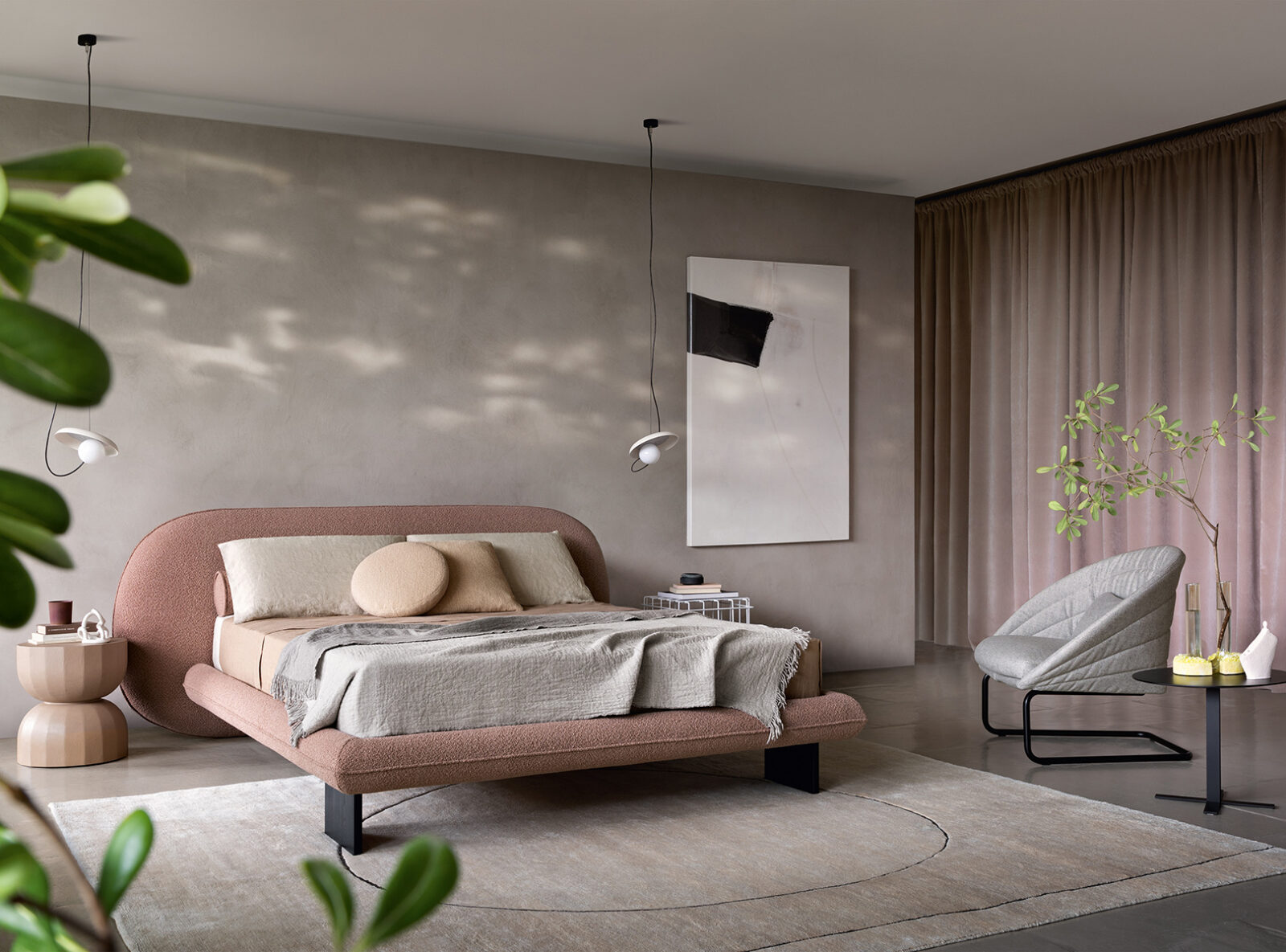
01.12.23
Sighted
Saba’s New Collection, Photographed in a Greenery-Filled Italian Villa, Leans on its Imperfect Influences
Wabi-sabi, a centuries-old Japanese aesthetic philosophy, is one of those concepts that’s difficult to distill and translate, but also: you know the feeling when you have it. Based in Zen Buddhism, it involves an awareness of the beauty in imperfection and impermanence and an acceptance of that — an embrace, even. While the new Wabi bed from Italian furniture brand Saba is meant to last, there is something about it that evokes the wabi-sabi ethos. Conceived of by Belgian designer Alain Gilles, it combines shapes and proportions that don’t exactly go together at first glance — except that they do, forming a piece that’s stylish but not uptight. The 1930s curves of the cushiony headboard (with a centered insert for maximum backrest comfort) meet the ever-so-slightly relaxed, upholstered angles of the base, which has wooden feet – in blanched ash, black painted ash, or walnut painted ash — that can be attached internally or externally, vertically or horizontally. The nubby, cozy fabric is removable, if needed. Like much of Saba’s collection, the bed brings elevated visual drama along with the physical pleasure of having a soft place to land.
You could say the same of Saba’s Fleur chair, with its tufted back and sides or the New York Soleil modular sofa, a recent addition to Saba’s outdoor offerings. The look is minimal but not stark – hard edges aren’t really part of the vocabulary. Instead, the emphasis is on texture and material contrast. Designed by Sergio Bicego, who’s created a number of seating systems for Saba, including the Pixel Light, the New York Soleil features an open grid of woven rope along the backrest and sides that adds structure to the lounge-y elements. You can configure them in a variety of ways, switching it up as necessary. (Maybe you just want a refresh, and you’re not thinking too hard about it, but you could apply wabi-sabi notions of non-attachment and change here).
Saba shot the latest additions at Villa Rondinelli, a 16th-century property once owned by a Medici and much later by celebrated landscape designer Pietro Porcinai, who bought it in 1954 and used it as his studio. Perched on a hillside overlooking Florence, the villa’s sunny, verdant Winter Garden — Porcinai converted existing greenhouses — is a fitting setting for the fluidity of the New York Soleil, a way to bring the outside in. And as a historic but hardly stuffy site, one that welcomes flexibility and transition, the villa’s interior provides the perfect situation for Saba’s Wabi bed, along with the Pan Flute bench, and Teatro Magico and Teo tables – all like-minded companions.
